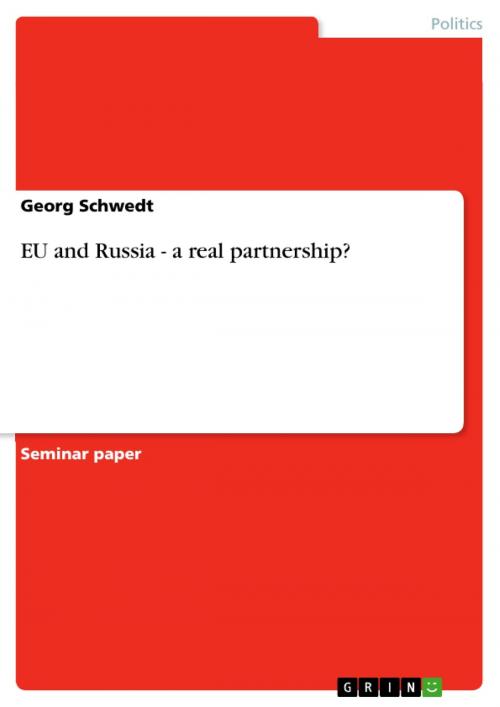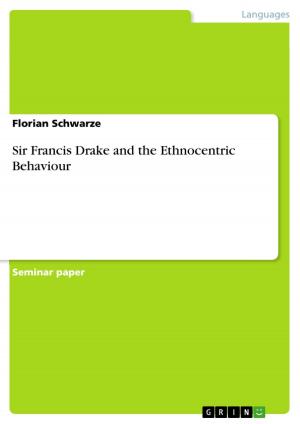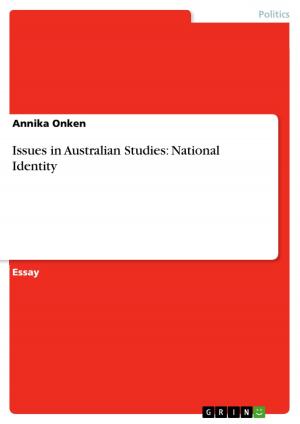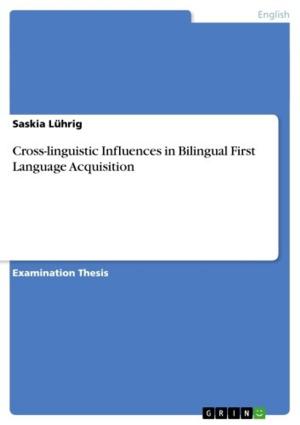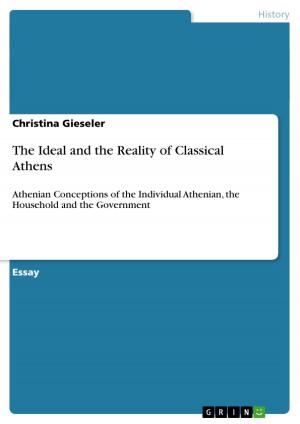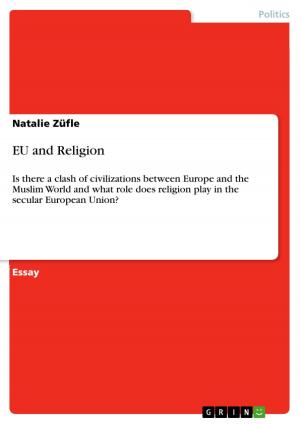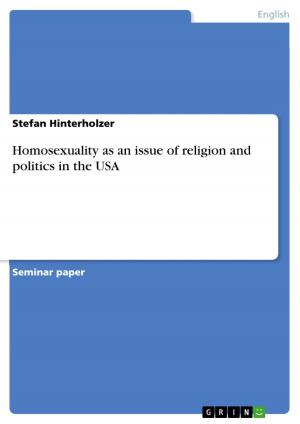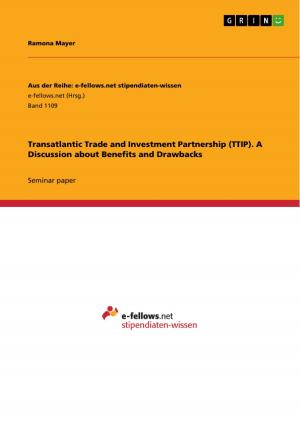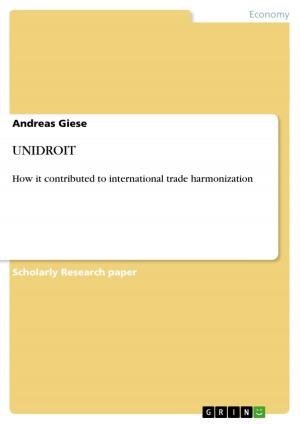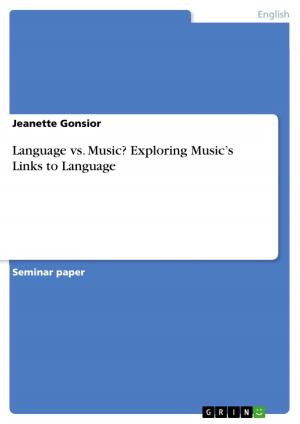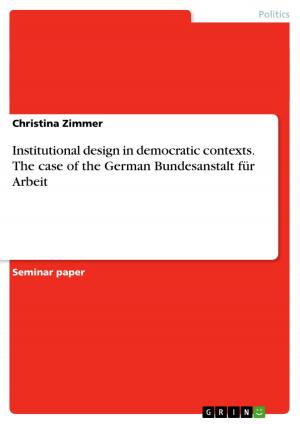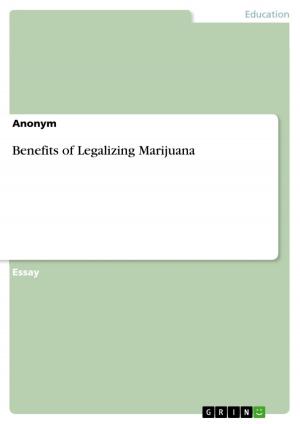EU and Russia - a real partnership?
a real partnership?
Nonfiction, Social & Cultural Studies, Political Science| Author: | Georg Schwedt | ISBN: | 9783638497107 |
| Publisher: | GRIN Publishing | Publication: | May 3, 2006 |
| Imprint: | GRIN Publishing | Language: | English |
| Author: | Georg Schwedt |
| ISBN: | 9783638497107 |
| Publisher: | GRIN Publishing |
| Publication: | May 3, 2006 |
| Imprint: | GRIN Publishing |
| Language: | English |
Seminar paper from the year 2004 in the subject Politics - International Politics - Region: Russia, grade: 1,0, University of Economics, Prague, course: Contemporary Russia, 17 entries in the bibliography, language: English, abstract: Russia is the biggest country in Europe, as well in population as in area. Therefore it is impossible for the other big entity, as well in population as in area, the EU, to ignore Russia. Even more because through the enlargement both now have a common border. Not only for this reason, but also stemming from economic interest in the big market and its resources, the EU developed multi-faced 'partnership' with Russia. How did these partnership develop? How is it shaped? These are the first two questions this essay deals with. The Kaliningrad policy and the Energy Dialogue thereby serve as actual policy examples. But are the EU and Russia following common interests as the term 'partnership' indicates? What is missing, what are their concepts and what are the future prospects? These are the questions answered in the second part.
Seminar paper from the year 2004 in the subject Politics - International Politics - Region: Russia, grade: 1,0, University of Economics, Prague, course: Contemporary Russia, 17 entries in the bibliography, language: English, abstract: Russia is the biggest country in Europe, as well in population as in area. Therefore it is impossible for the other big entity, as well in population as in area, the EU, to ignore Russia. Even more because through the enlargement both now have a common border. Not only for this reason, but also stemming from economic interest in the big market and its resources, the EU developed multi-faced 'partnership' with Russia. How did these partnership develop? How is it shaped? These are the first two questions this essay deals with. The Kaliningrad policy and the Energy Dialogue thereby serve as actual policy examples. But are the EU and Russia following common interests as the term 'partnership' indicates? What is missing, what are their concepts and what are the future prospects? These are the questions answered in the second part.
